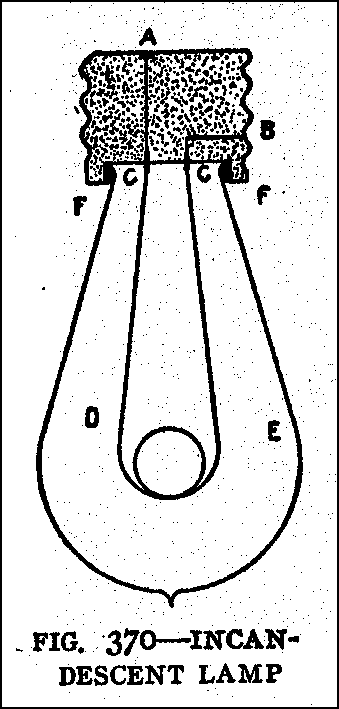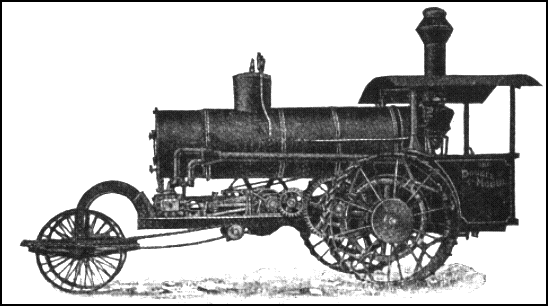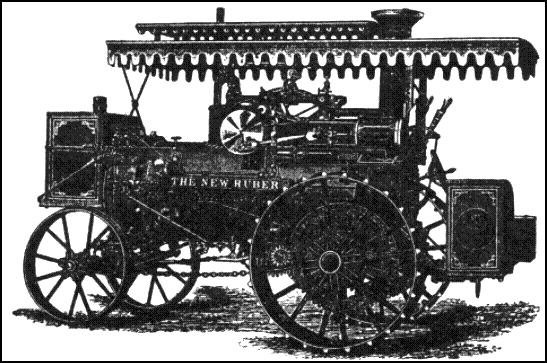Motors
Practical Hints for
Handy-men
J. Brownlee Davisson &
Leon Wilson Chase
(Lyons)

Although the animal differs from other forms of motors, being an animated thing, it is possible, however, to consider it as a machine in which energy in the form of food is transformed into mechanical energy, which may be applied to the operation of various machines.
- While the horse is like a heat engine in requiring carbonaceous fuel, oxygen, and water for use in developing energy, it is necessary that combustion take place in the animal body at a much lower temperature than is possible in the heat engine, and a much smaller proportion of the fuel value is lost in the form of heat while the work is being done.
the average thermodynamic efficiency of man to be 19.6 per cent. Experiments conducted by the scientist Hirn have shown that the thermodynamic efficiency of the horse to be about 0.2.
For those of us with an affection for the aesthetics of the mechanico- The authors call on physics to explain the modus operandi of the horse: "the animal is made up of a great number of systems of levers and joints, each supplied with a system of muscles which are in reality the motors." There is a exquisite simulacrum working here, a turn- We quickly pass from Animal Motors to Windmills. The authors tell us that "the windmill was the first kind of motor used to relieve the farmer of physical exertion and increase his capacity to do work." They obviously never heard of farm subsidies. There is a brief synopsis of the history of the windmill, going all the way back to Pomponius Sabinus who claimed that they existed in Roman times. The authors quote a Prof. Beckman, who says that Sabinus was a pomponius liar, although he is much too polite to use that phraseology. "Before 718 there were windmills nowhere but in Bohemia," they tell us. They identify six types of windmills, including the Jumbos, the Merry-

